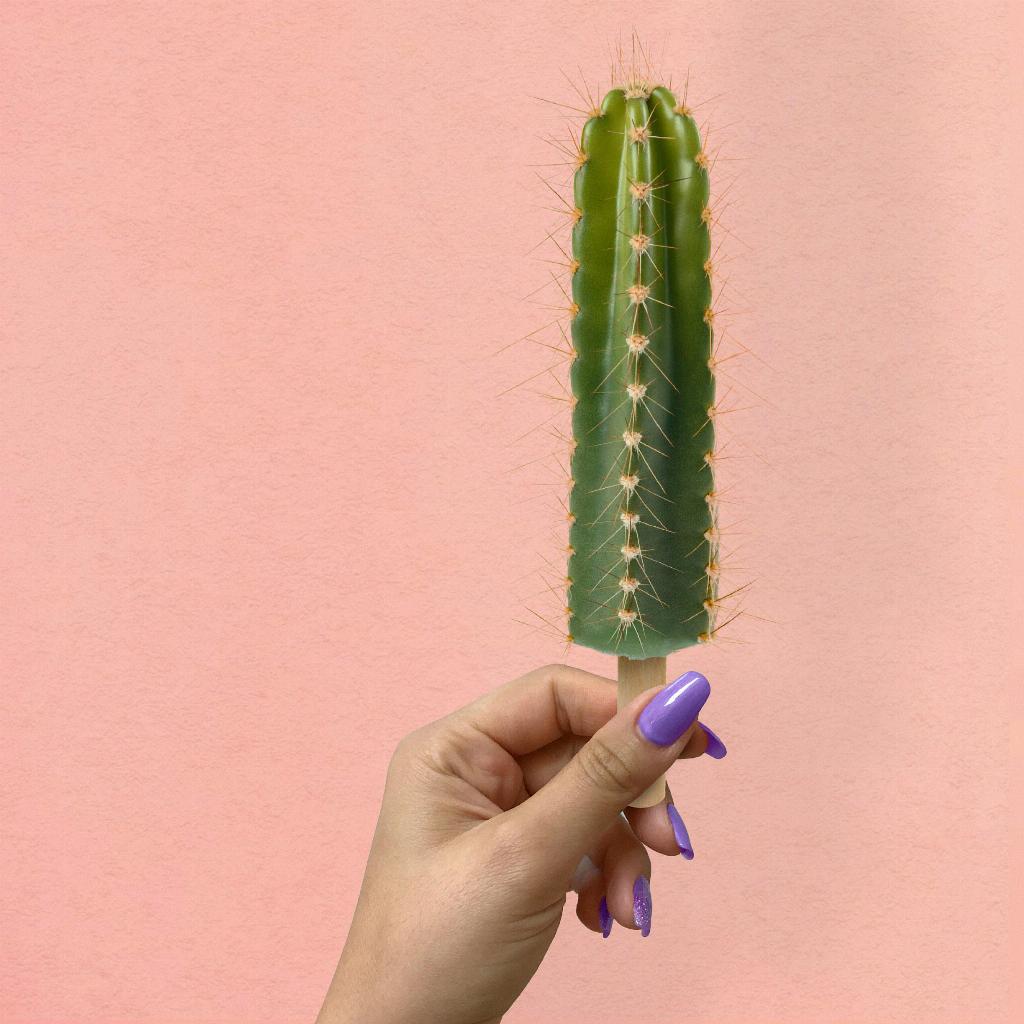When you notice your cactus turning white, it can be a cause for concern. The change in color often indicates that your cactus is experiencing some form of distress. One of the most common reasons for this discoloration is dehydration. Cacti are known for their ability to store water, but when they run low on moisture, they can start to display signs of stress.
Dehydration and Cactus Health
As mentioned earlier, dehydration is a common issue that can lead to your cactus appearing white or pale. When a cactus doesn’t receive an adequate amount of water, it will start to utilize the moisture stored in its tissues, which can result in a faded appearance. This process is a survival mechanism for the cactus, but it can be detrimental to its overall health if not addressed promptly.
Understanding Cactus Resilience
Cacti are known for their resilience in harsh desert environments, where water may be scarce. However, this doesn’t mean they can thrive without water altogether. Even the most drought-tolerant cacti require some level of moisture to maintain their health and vitality. When a cactus turns white, it’s a clear indication that it’s in need of water to replenish its stores.
Identifying Signs of Dehydration
Aside from the change in color, there are other signs that can help you determine if your cactus is dehydrated. Look out for shriveled or wilted stems, as well as a lack of plumpness in the plant’s overall appearance. In severe cases, the cactus may show signs of distress by dropping its spines or developing brown spots on its skin.
Rehydrating Your Cactus
If you notice that your cactus is turning white, it’s crucial to act quickly to address its dehydration. Start by giving the plant a thorough watering, making sure to saturate the soil completely. Allow the excess water to drain out from the bottom of the pot to prevent waterlogging, which can lead to root rot.
Monitoring Watering Practices
Proper watering is key to maintaining the health of your cactus. While cacti are drought-tolerant plants, they still require regular watering to thrive. Establish a watering schedule based on the specific needs of your cactus, taking into account factors such as the type of cactus, its size, and the environmental conditions it’s exposed to.
Preventing Dehydration in Your Cactus
To prevent your cactus from turning white due to dehydration, make it a habit to check the soil moisture regularly. Use a moisture meter or simply stick your finger into the soil to assess if it’s time to water the plant. Avoid overwatering, as this can be just as harmful to your cactus as underwatering.
Ensuring Proper Drainage
Another crucial factor in preventing dehydration in your cactus is ensuring proper drainage in its pot. Cacti are susceptible to root rot if they sit in soggy soil for prolonged periods. Choose a well-draining potting mix and provide drainage holes at the bottom of the pot to allow excess water to escape.
Creating an Optimal Environment
Lastly, consider the environmental conditions in which your cactus is placed. Make sure it receives adequate sunlight, as cacti thrive in bright, indirect light. Avoid placing your cactus near drafty windows or vents, as sudden temperature changes can stress the plant and contribute to dehydration.

Seeking Professional Help
If despite your best efforts, your cactus continues to turn white and show signs of dehydration, it may be time to seek help from a professional. A plant specialist or horticulturist can assess the health of your cactus and provide tailored recommendations to help revive your plant back to its vibrant, healthy state.
